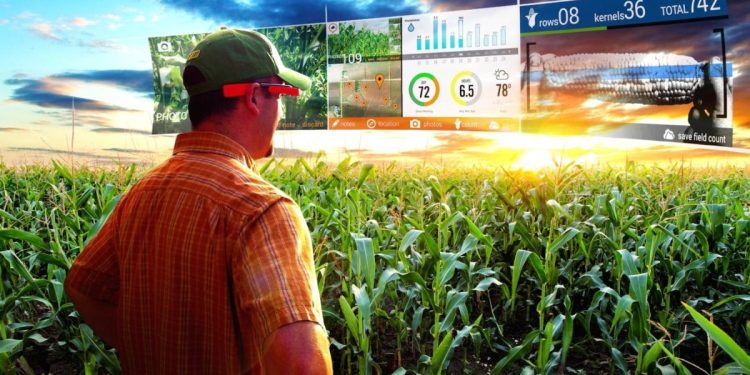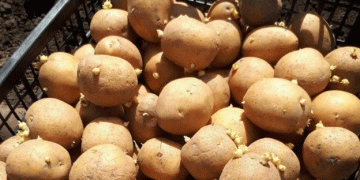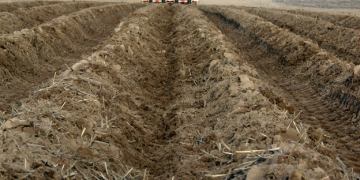#SmartFarmingTechnology#Agriculture#Farmers#Adoption#Efficiency#Productivity#Profitability
According to a recent survey conducted by the United States Department of Agriculture (USDA), only 27% of farms use advanced technologies such as sensors, drones, and autonomous machinery. The low adoption rate of smart farming technology is a major concern, especially when considering its potential to revolutionize the industry.
One of the key factors influencing farmers’ adoption of smart farming technology is the lack of knowledge about the technology’s benefits and how to use it. Farmers need to be educated about the benefits of smart farming technology, such as increased efficiency, productivity, and profitability.
Another significant factor that hinders the adoption of smart farming technology is the high cost of implementation. Smart farming technology can be expensive, and farmers may not have the financial resources to invest in it. Additionally, some farmers may perceive the technology as a risky investment, with uncertain returns.
Farmers may also be reluctant to adopt smart farming technology due to the lack of reliable internet connectivity in rural areas. The use of smart farming technology heavily relies on internet connectivity, which can be unreliable in remote areas.
The adoption of smart farming technology by farmers is crucial for the advancement of the agricultural industry. It is essential to address the factors that hinder the adoption of this technology, such as lack of knowledge, high implementation costs, and poor internet connectivity. By addressing these barriers, we can help farmers fully embrace the benefits of smart farming technology and ultimately, improve their operations’ efficiency and profitability.






